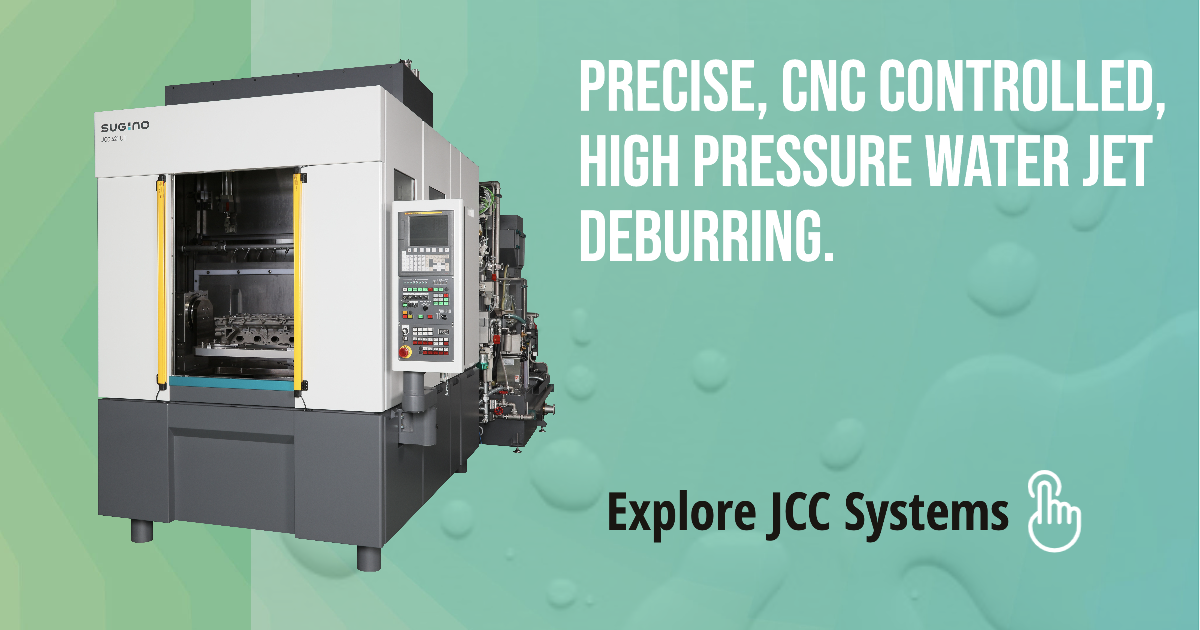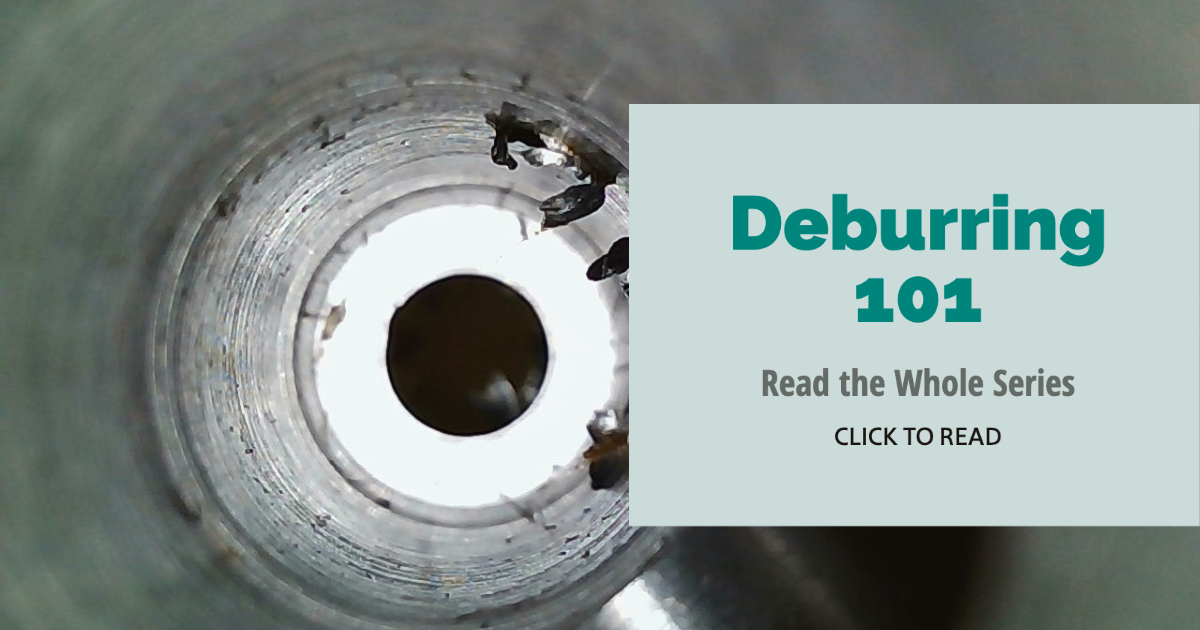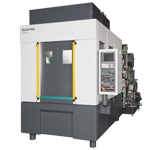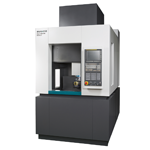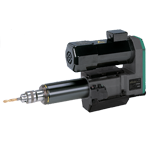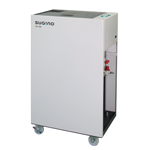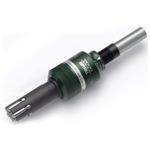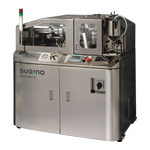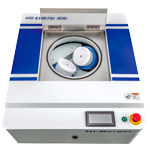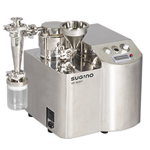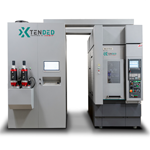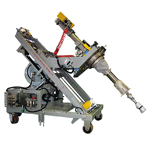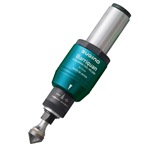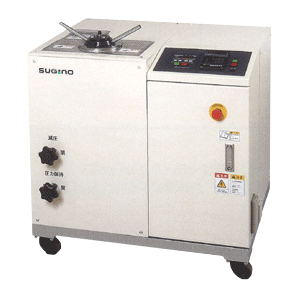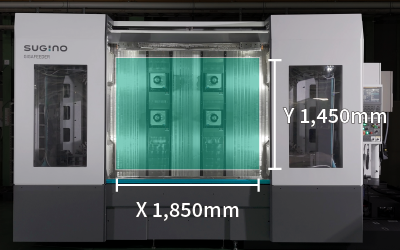Missed last week’s piece on CNC Basics?
This week in our CNC Deburring Series, we will take a deeper dive into axes. Axes play a role in CNC-controlled deburring programs in the same way they do in machining processes. When we pair decades of experience in handling and pressurizing water with the precise control of CNC operation, the end result is repeatable, accurate, highly effective deburring and parts cleaning.
The different axes and how to visualize them
CNC machines operate along multiple axis points. They have at least 3 axes and operate along an XYZ plane: X axis (vertical), Y axis (horizontal), and a Z axis (depth). An optional 4th axis is referred to as an A axis (rotates around the X axis). A 5th axis is the B axis (rotates around the Y axis).

Source: CNC Cookbook. https://www.cnccookbook.com/4-axis-cnc-in-2020-the-definitive-guide/#chapter3
For machining operations – the number of axes on a CNC machine determines the type of work it can do, the level of detail it produces, and the workpiece locations it can reach. The same holds true for deburring or parts washing operations. The position of the tool is driven by direct-drive stepper motors or servo motors in order to provide highly accurate movements.
Many CNC high-pressure deburring and cleaning machines are standard with 3-axis control, utilizing a turret for the X, Y, and Z Axis movements around a part. A 4th axis, the A axis, can be added using a servo-driven rotary table that rotates to provide additional access to features on a part and heightens the cleaning or deburring process’ efficacy. A deburring or cleaning system with CNC controls would ideally tap into the power of all these axes, and is a unique combination of pumps, nozzles, and technology backed by experience and know-how. All of those elements work together to form one powerful solution.

How the turret and nozzles function within our JCC units.

A rotary table inside one of our JCC units.
Manual versus automated with CNC control
If you rely on manual deburring, results can vary due to simple human error and differences from person to person. CNC control introduces a high level of precision and speed to what can be an arduous process. By reviewing your cycle time needs, what you are trying to accomplish, and whether you’re currently using your other machining centers to do deburring work – you may realize there are efficiencies to be realized by having a dedicated, CNC-controlled deburring and parts cleaning solution.
Tune in next week for a look at how pumps and nozzles work to deliver the pressure and accuracy needed to deburr with high-pressure water.
Want to explore more? Learn about our Jet Clean Center systems for deburring and parts cleaning, or dive into our Deburring 101 Series.
